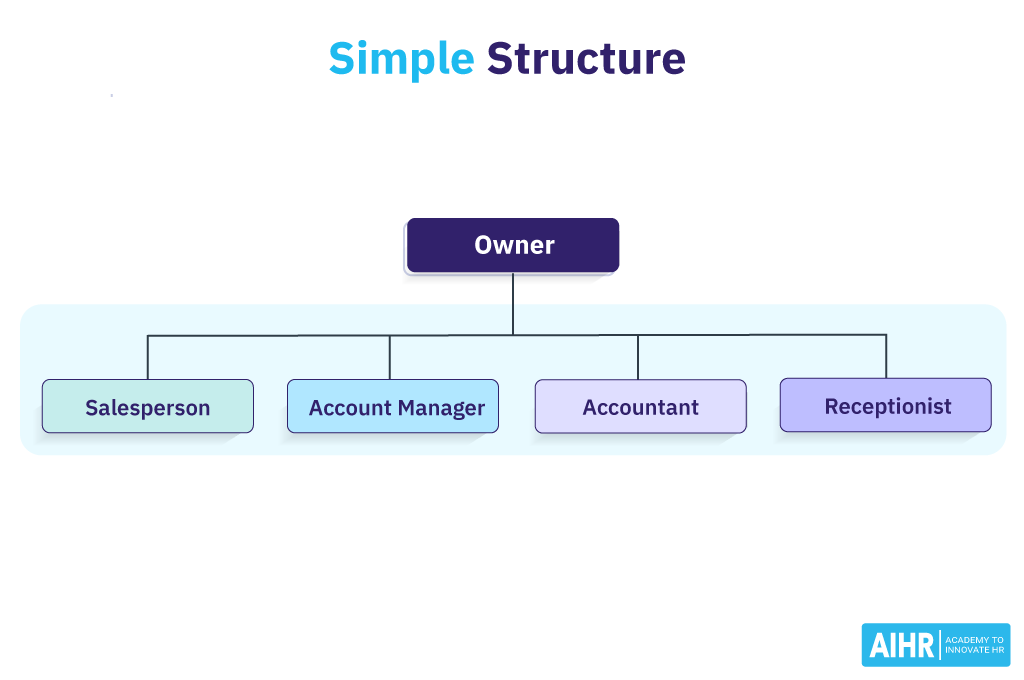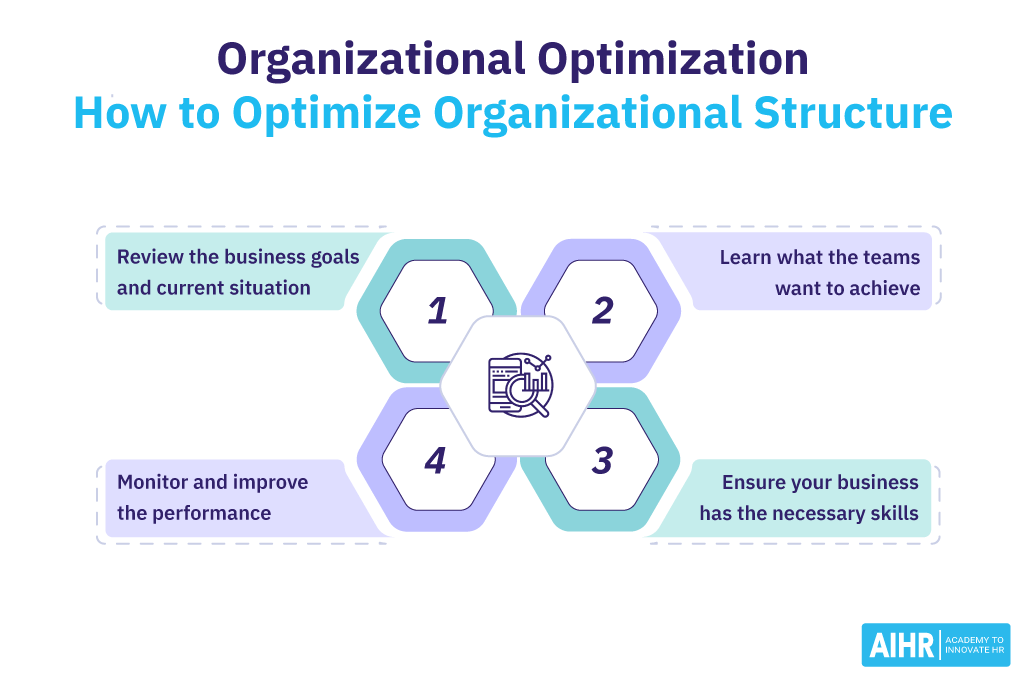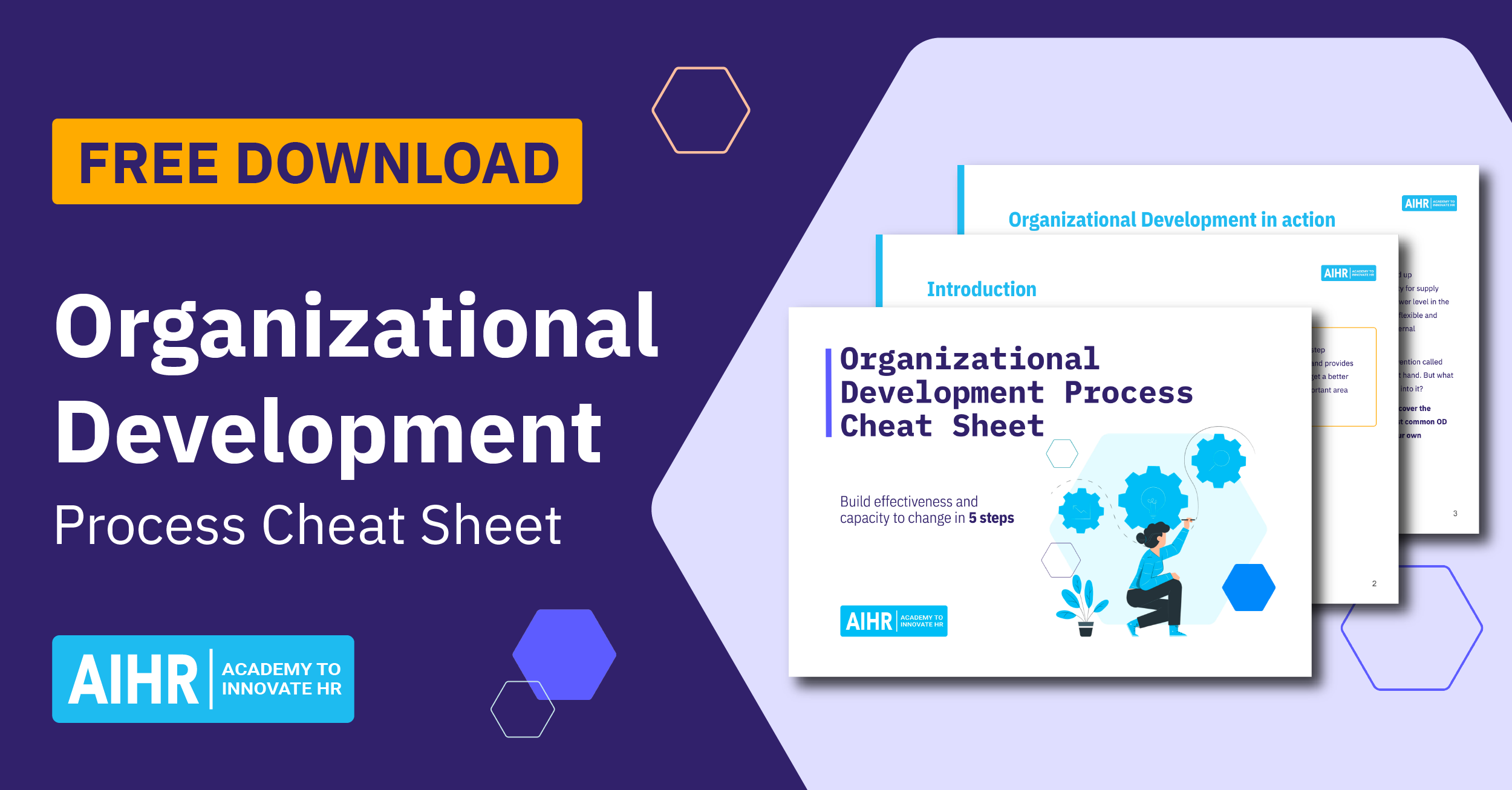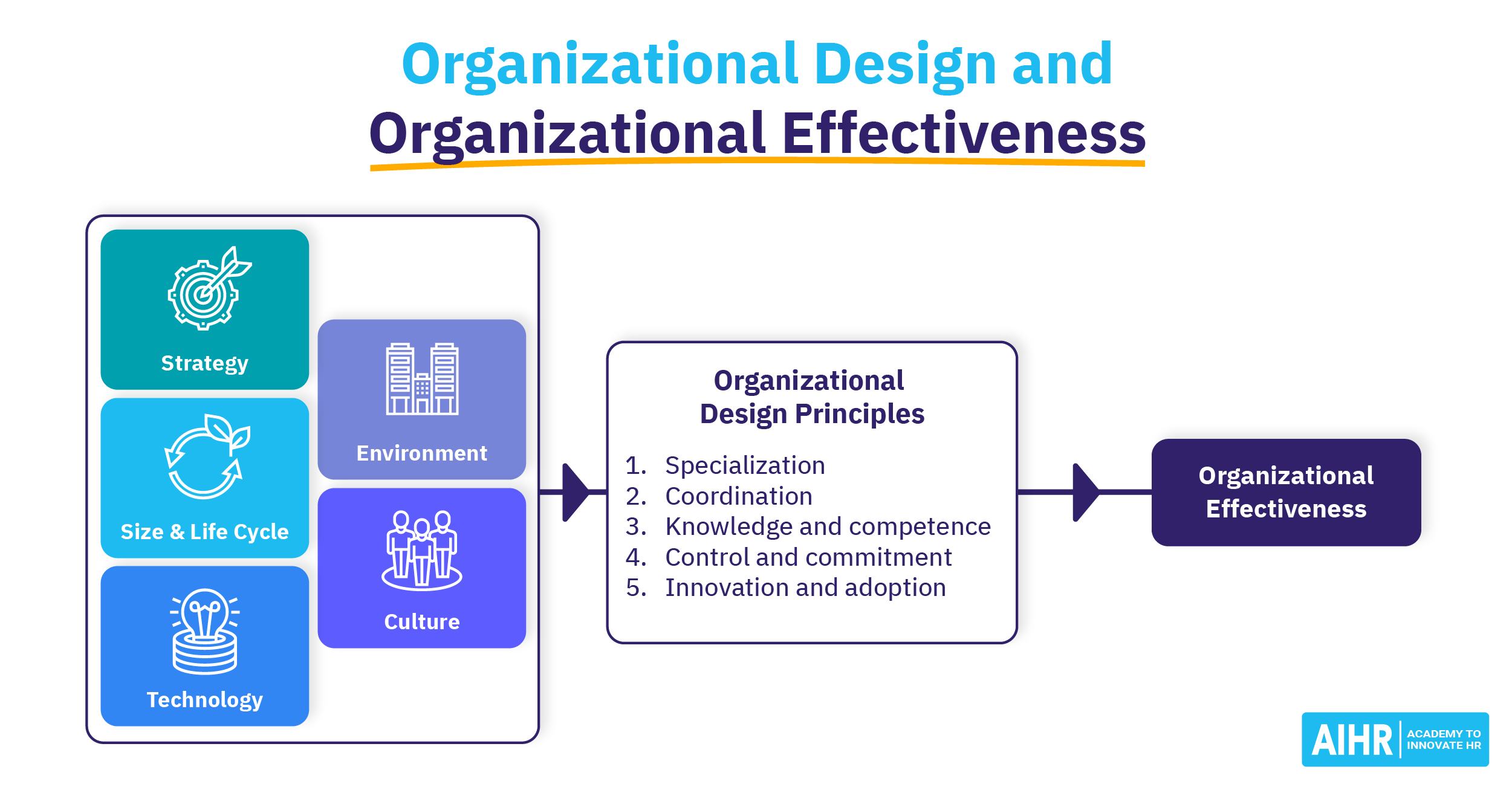Organizational Optimization
What is organizational optimization?
Organizational optimization is the practice of aligning and making the most of an organization’s resources to assist it in achieving its goals and objectives. This process occurs when all of an organization’s relevant and currently accessible resources are employed as effectively and efficiently as possible.
Organizational optimization is the new way to look at your business, determine how healthy it is now, and maximize its future potential. Its goal is to align the organization’s strategies, ensure that they are well implemented, and position the organization’s culture for growth and success.
It can be used by any organization, whether a multinational corporation, a federal agency, a city, a professional sports team, or a small business looking to expand.
Why is organizational optimization important?
1. To keep up in a fast-changing world
Businesses today operate in ever-changing environments. These environments are characterized by high levels of uncertainty, rapidly changing technology, and globalization.
Organizational optimization has been demonstrated to be a reliable method of achieving both short-term and long-term goals. Businesses can use this process to stay ahead of their respective markets.
2. Prepares organizations for the future of work
How organizations have traditionally operated is changing. Changes in the workplace, in particular, present business leaders with new challenges. They must deal with, manage, and motivate employees in various locations. There is more individual and remote group work, more part-time work by companies, and more reliance on temporary and contract employee models as part of these new structures.
Managing such dispersed groups to achieve the best cost-effectiveness and performance is difficult, and it will remain so. It will necessitate a systematic and deliberate rethinking of organizational design.
3. Provides a strategic advantage
Taking a different perspective on the corporate challenge, organizations that aren’t optimized but compete in arenas dominated by optimized competitors risk becoming less competitive and, thus, more vulnerable.
By optimizing the organization, hiring and deploying the right skill sets, and aligning goals across a company, the business will be better able to respond to market changes and move toward the organization’s priorities more quickly and effectively.
What is an optimal organizational structure?
An optimal organizational structure meets the needs of the company at its current stage of the life cycle.
A newly-formed company has a simple structure that resembles a horizontal line. Every manager or employee reports directly to the owner or director.

The organizational structure of the company grows both up and down as the company grows. Each manager has one or more people reporting to them on the organizational chart. As the company expands, new functional areas or departments are created.
The organization should be structured so there are enough people to complete tasks and projects. Top management can evaluate where more people are needed or where positions can be cut to save money by creating a chart of the organization’s structure.
How do you optimize organizational structure?
1. Consider the business goals and review the current situation
Understanding the short- and long-term goals of your organization, and the environment it operates in is key to determining the most effective organizational structure.
The type of organizational structure will differ for businesses that are planning multiple product lines, operating in various locations, or virtual organizations.
You need to review what is currently working well in your organization and what will be required in the future. It is critical to identify the gaps, distinguishing between what has worked in the past but might not be as effective going forward.
For example, while manual approval processes might work in small teams, they will slow down the work progress once the team grows.
Thinking about the company’s culture, products, processes, and how it wants to work with customers is the first step to improving an organization’s structure.

2. Inquire with teams about what they want to achieve
Understanding the new structure’s goals and how it will improve teamwork is vital to successful organizational optimization. For instance, do the teams want to achieve better task delegation or simplify and streamline processes?
You can look at how other companies organize their teams. However, it is important to determine what works best for your company rather than simply copying what another company does.
3. Ensure your business has the necessary skills
To ensure that the right skills are in place, you can hire the right people or train the existing employees. Hiring people with the necessary skills is more expensive but helps the organization act fast, as it has the right skills at its immediate disposal. Training existing employees is less expensive, but it may take longer because they must first acquire the skills needed.
4. Monitor and improve the performance
Monitoring organizational performance metrics will enable you to see where you need to make improvements to the organizational structure. You can track:
- Individual employee performance
- Team performance
- Organizational-level performance like revenue, profit, and market share
Key takeaway for HR
Organizational optimization is making an organization as effective and efficient as possible. By understanding and utilizing optimal organizational structure, businesses can increase their chances of success.
Though there is no perfect way to optimize an organization, there are key factors to keep in mind when trying to optimize your business. These include aligning organizational goals with company strategy, designing efficient workflows, and continuously monitoring and improving performance. By taking these steps, you can ensure that your organization operates at its best.







